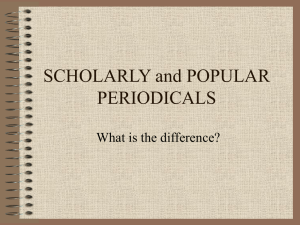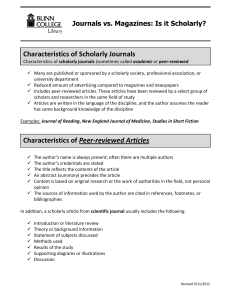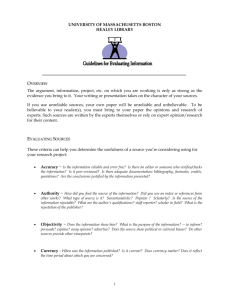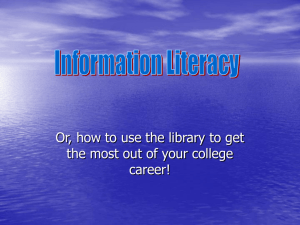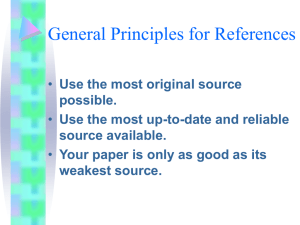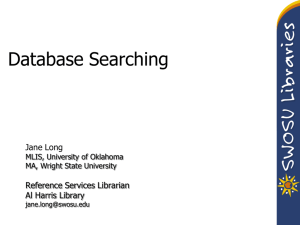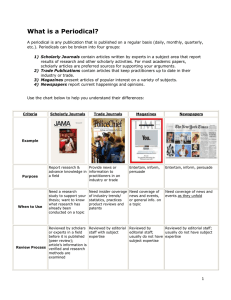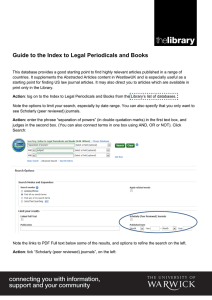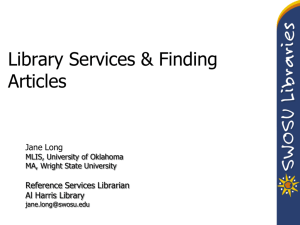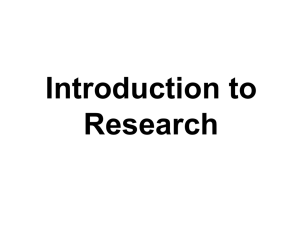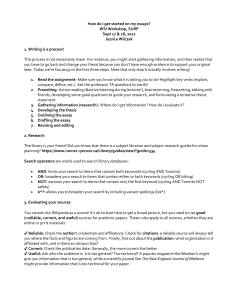Information Literacy Matrix: Source Evaluation
advertisement
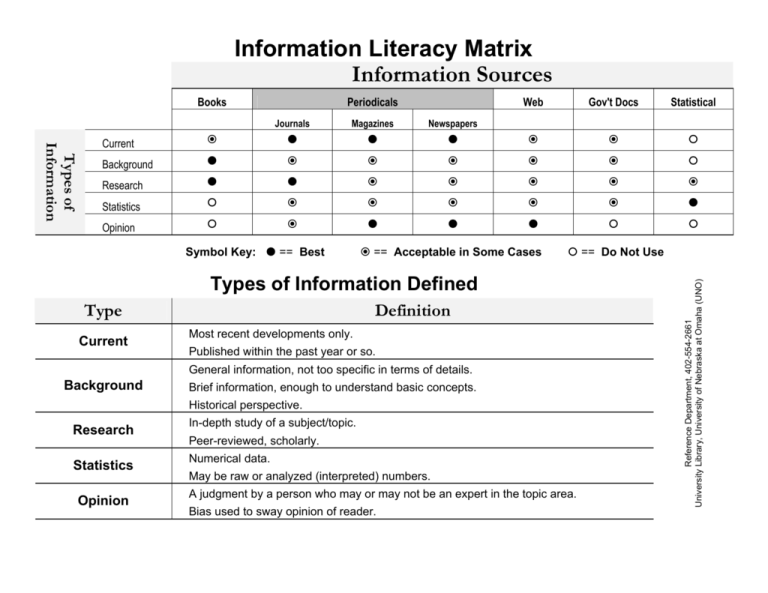
Information Literacy Matrix Information Sources Books Periodicals Journals Magazines Web Gov't Docs Statistical Newspapers Background Research Statistics Opinion Symbol Key: == Best == Acceptable in Some Cases Types of Information Defined Type Current Definition Most recent developments only. Published within the past year or so. General information, not too specific in terms of details. Background Brief information, enough to understand basic concepts. Historical perspective. Research Statistics Opinion In-depth study of a subject/topic. Peer-reviewed, scholarly. Numerical data. May be raw or analyzed (interpreted) numbers. A judgment by a person who may or may not be an expert in the topic area. Bias used to sway opinion of reader. == Do Not Use Reference Department, 402-554-2661 University Library, University of Nebraska at Omaha (UNO) Types of Information Current Information Literacy INFORMATION SOURCES AND CHARACTERISTICS Reference Department (402) 554-2661 Source Books Characteristics • Can provide an in-depth treatment of a topic or aspect of a topic. Can also provide a broad overview or historical perspective of a topic. • Information may not be as timely as found in periodicals. Periodicals Journals • Provide more current information. • Published more frequently than books. • Also known as scholarly, research, peer-reviewed, or refereed journals as they are written to present results of research or thorough study of a topic. • Usually contain fewer advertisements than popular magazines. • Articles tend to be lengthy (7-10 pages or more) and usually written by the person(s) conducting the research. • Articles published have been evaluated by an editorial board of other experts before they appear in print. • Sources of information are always indicated in some manner, whether it be footnotes, endnotes, works cited, or a bibliography. • May contain charts, tables, graphs. • Published monthly or quarterly. Magazines • Also known as popular magazines as they are designed to appeal to a broad audience. • Usually printed on "glossy" paper and contain many advertisements. • May include opinion and/or current events. • Articles are usually less than 5 pages in length. • Usually do not include bibliographies. • Published very frequently, often weekly. Newspapers • Provide most current information as published daily or weekly. • Not considered as scholarly as a journal article, given that writing is intended to communicate news rather than provide in-depth research. • Considered a primary source as events are recorded/reported at the time they occur. • Short, concise information presented. World Wide Web Government Documents • The Web offers a variety of information, including that found in other information sources such as directories or magazines, as well as for different information needs (current, historical, research, secondary or primary sources). • Currency of information depends upon the author of the page or site -- some sites are updated daily or more frequently, while others are not kept up-to-date. • Accuracy/Authority are always in question. • An item published under the authority of a governmental agency. • Can be considered primary source material. • Can be produced at local, state, and federal government levels -- municipal (city), county, state legislature, or federal agencies such as the U.S. Congress or Department of Education.
